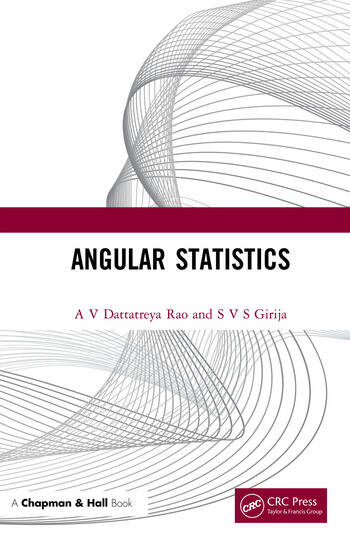Angular Statistics
Directional data arise in the form of circular / semicircular / axial symmetric / asymmetric uni / bimodal data in practical situations of varied fields. For the purpose of modeling such kind of data sets the data scientists found that existing models as inadequate. As there is paucity of angular models and to fill the gap this book is designed at constructing new angular models with the existing techniques and to develop new tools of constructing angular models with an application to control charts in angular models. This book is planned to cover the following topics in nine chapters Wrapped stereographic and offset circular models Construction of angular models using Rising Sun function positive definite sequences discretization and through differential approach Extemporaneous Semicircular / arc and asymmetric l – axial models Choice of angular models as an inferential aspect and construction of control charts for angular data as an application are presented. This graduate level book will be useful for data scientists researchers and research students of Statistics and allied fields.





